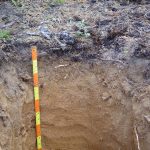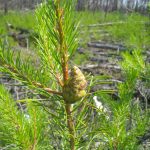Natural and managed stand dynamics
Stand dynamics is the study of how forest stands, both managed and natural forests, change over time and in response to disturbance. This information is critical to understanding how forests will regenerate and respond to silvicultural treatments such as harvesting or thinning and to natural disturbances such as fire or insect outbreaks. Current and past projects include: regeneration of trembling aspen, black spruce and jack pine after fire of differing severity, the mechanisms of competition among trees and plants, and the spatial patterns of tree competition and facilitation.
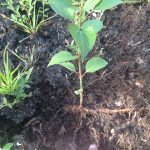
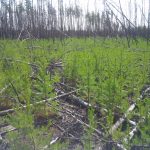
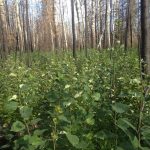
Enhanced forest management
Enhanced forest management refers to the application of a diverse range of practices, including plantation establishment, thinning, and fertilization, with the overall goal of increasing the productivity of the forest. To be successful, this approach requires a detailed understanding of the limiting site factors and the ability to quantify the response to treatments. Current and past research projects include: management of hybrid poplar plantations, drivers of tree productivity in planted and naturally regenerated forests, thinning and fertilization of juvenile lodgepole pine, and the production of high quality trembling aspen planting stock.
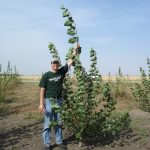
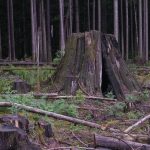
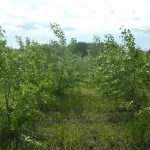
Incorporating silviculture into land reclamation
Large areas of land are being disturbed in the boreal forest for mining and other resource activities and all of this land needs to be reclaimed to a productive state afterwards. Silvicultural knowledge, tools and treatments can be applied to land reclamation to help meet this goal. Current and past research projects include: growth of trees and other plants in oil sands tailings, ecological impacts of different reclamation cover soil, mechanisms of plant community assembly on reclaimed sites, and the application of coarse woody debris as a reclamation amendment.
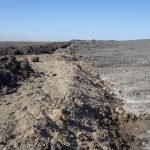
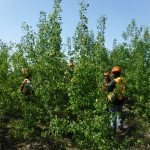
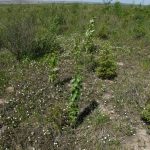
Mixedwood management
Boreal mixedwood forests composed of varying mixtures of trembling aspen, white spruce and other species are the dominant forest types across most of the western boreal forest. Mixedwood forests are among the most productive and diverse forests but their management can be complex as it involves multiple tree species with very different growth and regeneration mechanisms. Current and past research projects include: identifying appropriate stands for underplanting of white spruce, leaf area and light transmission in trembling aspen stands, and the evaluation of mixedwood regeneration standards.
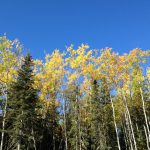


Forest soils, sites and silvics
Forest soils provide the resources, i.e. water and nutrients, that sustain forest ecosystems while silvics provides the understanding of how trees and plants grow in response to site. Predicting how a forest will respond to different silvicultural treatments depends on having a thorough understanding of the site and the silvics of the species of interest. Current and past research projects include: site index prediction from soil and site information, nutrient cycling in managed and natural forests, belowground competition between trees and grasses, and autecology of understory boreal plant species.


